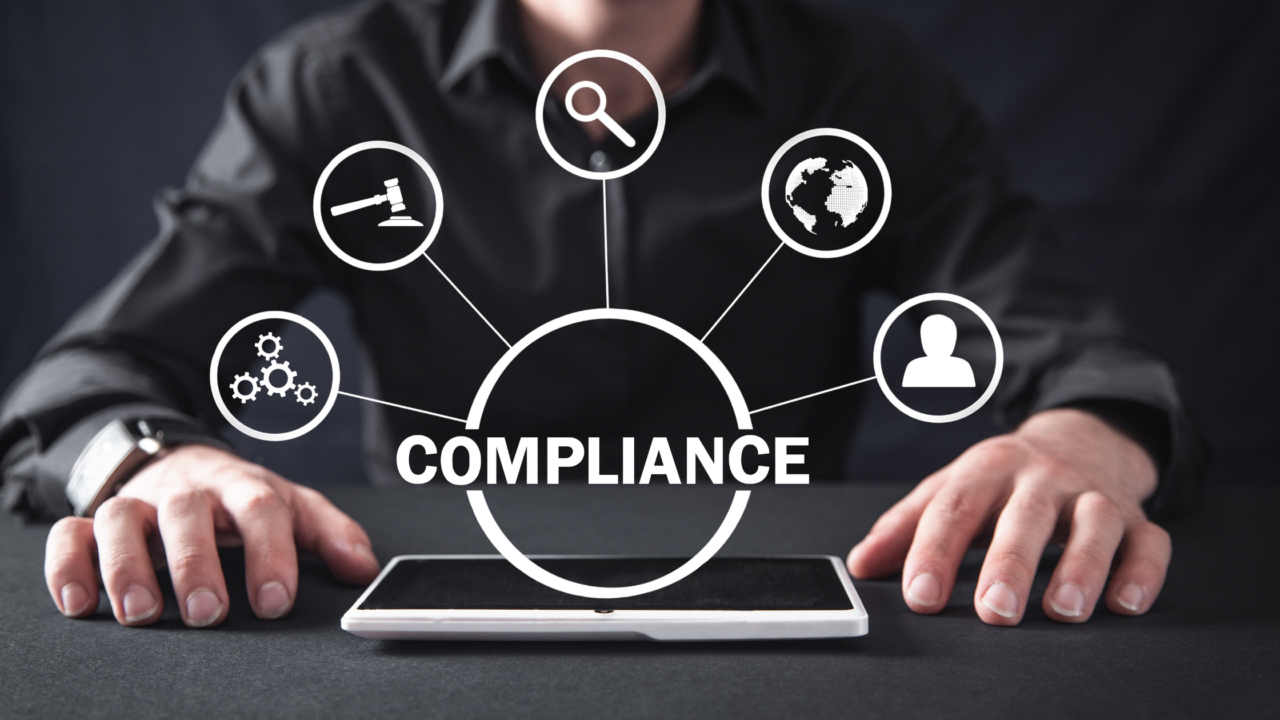Some laws and policies come with every business, irrespective of the industry or department. HR compliance is probably one of the most critical aspects every business owner should be aware of. After all, you don’t want to end up in a legal soup. Compliance is a must for every organization, and businesses are often tasked with ensuring compliance. There is a checklist of rules and policies to follow with clients, customers, and employees alike. Not only does it provide a smooth and pleasant experience, but it ensures there are no grey areas of functioning. Before knowing the possible compliance tasks, let’s first understand what it means.
What is HR compliance?
HR compliance is the practice of aligning workplace policies with a city’s, state’s, country’s, and the world’s labor laws, in sync with industry-specific regulations. In addition to policy setup, enforcing practices to follow these policies daily is also part of HR compliance. This compliance process is essential to avoid legal issues, penalties, or unlawful actions. HR compliance includes multiple aspects of an HR’s function such as recruitment and onboarding, employee engagement, payroll, termination and leaving procedures, training and benefits, client contracts, risk management, and much more. Irrespective of the organization’s size, HR compliance must be detailed out and enforced. Furthermore, it is also essential to stay up to date with all changes in the regulations or policies.
What does the role of HR in compliance include?
HR plays the role of a ‘middleman’ in some ways. While staying abreast of any changes in the laws, defining the policies is one aspect, and bridging the gap between the company’s growth and evolving objectives is the other side. HR leaders work to form strategies and the foundation on how they can meet the company’s growth expectations in compliance with existing regulations. This can include hiring, retention, employee training, engagement, payroll requirements, and other HR functions. While HR supports the company’s growth, they have to ensure it is implemented per defined policies.
What business owners should be aware of
While most of the research and expertise comes from HR leaders, business owners should know and understand the policies themselves. Behavior regulations, promotion laws, termination rules, etc., are some of the functions that fall under a founder or leader’s purview.
Here are a few examples of HR compliance tasks:
- Lay out the right contracts – Depending on the scope of work and type of engagement, ensure you provide a suitable contract to your employees, consultants, and freelancers. Is the engagement full time? Is it part-time? How many hours are expected? Is the pay hourly? On a retainer or monthly salary? Classify the proper engagement to avoid conflicts and legal trouble.
- Issue required documents – When hiring an employee, ensure all the correct onboarding documents are given. Offer letters, joining letters, promotion and bonus policy, leave policy, termination policy, etc., should all be provided at the required time. Do not defer it. While some may seem trivial, they are legally required and are essential records. Even addressing questions like when should the full and final settlement be cleared? How much severance should an employee be given if they are terminated? Exit procedures are crucial to follow in a lawful and compliant fashion. These are simple things but go a long way in maintaining HR compliance.
How to stay HR compliant
Business owners should create a detailed strategy for HR compliance to ensure transparency and avoid potential legal issues. Following are a few steps that companies can take to stay compliant:
- Work with the right people – if you’re working with an internal HR team or an external consultant, ensure they are the right people who know the laws and policies and accounts for all possible scenarios. To add a layer of safety, you can also have a lawyer review the compliance documents to ensure everything is legally correct.
- Transparent policies – now that you’ve onboarded the right team, it is crucial to make sure all your policies are clearly spelled out. Cover all scenarios – onboarding, termination, discrimination, harassment, salaries. List out clear steps for employees to report an issue. These should be updated in an employee handbook.
- Open communication – Conduct regular training sessions to make your employees aware of the policies. While they have the documents, organizations need to take the first step in openly speaking about these policies. This gives employees the confidence to speak up if needed and assures them that the company they work for cares for them.
- Investigate complaints – Always investigate complaints thoroughly. Do not push it under the rug. As a compliant organization, it is vital to listen to your employees. Avoiding it can only make it worse. Even if a complaint is anonymous, it should be investigated. Create a standard procedure that should be followed for all complaints, and ensure the responsible team follows through on it. Once an investigation is complete, take the necessary action as detailed in your handbook. Always follow protocol to avoid showing ‘favoritism’ of any kind and avoid legal feuds.
- Maintain documentation – As outlined in the example above, maintaining proper documentation is essential. Keep records and copies if necessary. Issue the documents at the appropriate time. (Time of joining, leaving, etc.). In case of complaints, always maintain a progress report and closure note. Well-documented and updated records go a long way in ensuring that companies maintain compliance.
Protect your company
These are just a few aspects of compliance business owners must be aware of. There is so much more that must be considered, such as overtime, compensatory leave, remote work vs. in-person presence, breaks, travel time, sick leave (and even covid leave), etc. An HR professional and a lawyer will be able to give you an in-depth framework and process to fill in the gaps.
A compliant organization helps create a safe and positive work environment for the employees and goes a long way in building an excellent organizational culture.
References:
https://www.paychex.com/articles/human-resources/balance-hr-strategy-compliance

